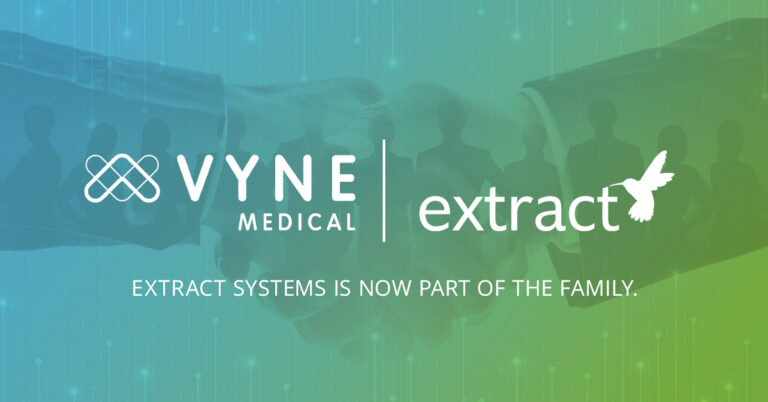
QA’s Impact Before Software Releases
Quality Assurance (QA) is commonly thought of as one of the final steps in the development cycle prior to release, which makes sense as generally a final round of testing is the last hold before a release goes out. But even though ensuring the quality of the final software product is essentially the primary concern of QA, the role can also add valuable insight to nearly every phase of the development process.
In the preliminary planning of new changes and features, quality assurance input can help identify the relative value of different tasks. A fix for an extremely rare bug is generally going to be a low priority as opposed to updating a UI element that is taxing to the end user for example. QA can also weigh in on the scale of impact for those cases when the rare bug is crucial to fix.
During dedicated design sessions, QA’s increased experience with end user interface elements of the software can represent a unique perspective as to usability, visual representation, how easy elements are to access, and more. Quality assurance can also offer important context for which changes will be particularly lengthy or complex to test, ensuring enough time and resources are able to be devoted to such testing.
Communication between developers and quality assurance as code is being built is very mutually beneficial as well. Developers can tap QA for advice on testing certain flows or help brainstorming related functionalities, while QA gains increased exposure to new changes as they finalize, helping them with test planning. Frequently, an individual change can bounce between development and QA several times as scope and design considerations are contemplated before ultimately ending up waiting for regression or release testing.
Even after the release of software, quality assurance can assist with keeping track of changes that have been introduced to the software and provide detailed instructions for using new functionality to both end users as well as internal roles that have additional technical knowledge. The QA role’s frequent usage of end-to-end workflows in the software and proficiency in writing test plans can often make step-by-step documentation a natural extension of their testing experience.
A testing-first mindset provides a distinctive lens through which quality assurance views software, enabling the role to provide valuable perspectives at every level of the development process. Including QA in planning and design can generate lots of helpful input for making software more efficient and easier to use, and utilizing the unique skills honed by the role makes many post-release tasks easier as well.


